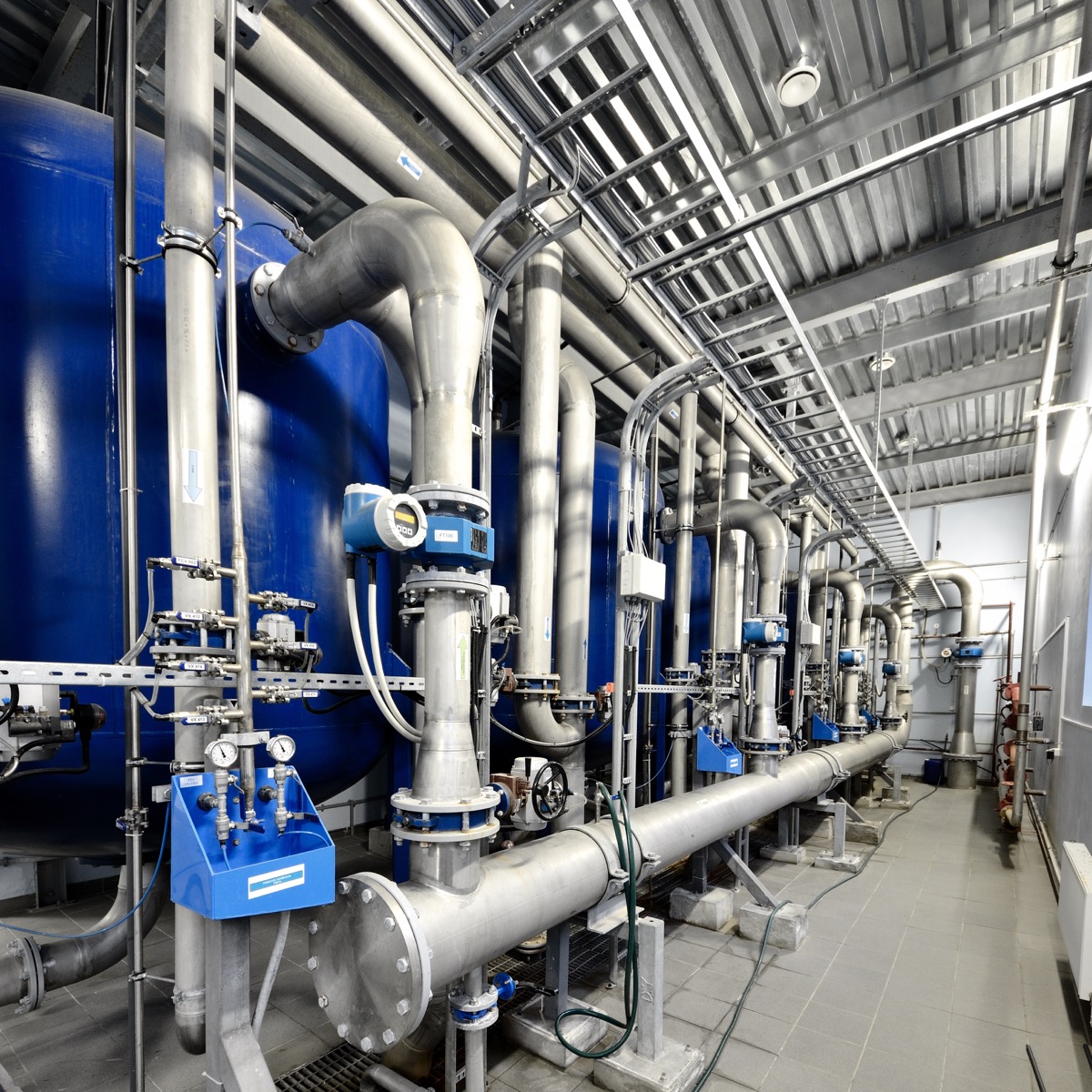Cost Benefit Of A New ERP System
Oct 16, 2015
I recently taught a cost course for a group of manufacturing accountants. It was an eight-hour course and the conversation got quite lively as we discussed costing issues and opportunities many of the businesses were facing. The agenda was based off our own professional experience dealing with various companies facing costing obstacles. We were able to keep the group focused core costs issues we consistently observe when completing cost assignments for our clients.
 One frequent question we receive deals with utilizing all the capabilities of an ERP system. Many companies with which we have worked, as well as those represented at our seminars, have made huge investments in ERP systems to improve their internal reporting. These systems are usually integrated and are quite comprehensive, including many useful features for both internal and external reporting.
One frequent question we receive deals with utilizing all the capabilities of an ERP system. Many companies with which we have worked, as well as those represented at our seminars, have made huge investments in ERP systems to improve their internal reporting. These systems are usually integrated and are quite comprehensive, including many useful features for both internal and external reporting.
In our experience, many companies never realize the full potential or value of a conversion. We have heard consultants in the industry say a typical business which converts from a very simplified system to a far more complex ERP system will be lucky to use 30% of its capabilities. Meaning, 70% of the possible value of the system has been abandoned. Such statement ignited quite an active discussion in our group about what portion of the systems are being used as originally designed
As a result, the conversation continued to the common practice of failing to use the system as it was designed. Many users end up preparing Excel worksheets which are maintained off-line and are used to support the system. However, if the system had been utilized correctly in the beginning, this would never have been necessary. Such applications of Excel are quite common in today’s business world and, in fact, I would be surprised if most businesses today don’t have some examples of working outside the system through the maintenance of Excel spreadsheets. Of course, this is redundant and prone to errors but it seems that it is a common practice.
As we discussed how to deal with these issues further, one of the participants offered a unique solution. It was suggested before any business makes an investment of what could be seven figures into a computerized system, they must complete a cost-benefit analysis.
Basically, someone will analyze what is being accomplished with the existing accounting system, with regard to both internal and external reporting. Then, the reviewer would analyze what improvements could be made by converting to a fully integrated ERP system. It would then make sense to equate those improvements to savings incurred. If in relatively short period of time the ERP system would pay for itself, then there would be an actual reduction in expenses, or improvement in profitability, as a result of the conversion. These improvements should be tracked and monitored after the system is purchased and implemented to keep the entire staff on target to fully implement and utilize the system in every way possible. Such a cost-benefit analysis done prior to the purchase would provide a meaningful roadmap which would facilitate the full implementation of the new system and help reduce or eliminate the number of processes or calculations being done on Excel spreadsheets outside the system.
Although no one else in the class had used such a similar approach, I do believe we all walked away thinking about the added step when business is considering making the switch from antiquated reporting system to a fully integrated ERP system. It would be time well spent, especially because it would then be a roadmap to guide the implementation crew after the new system is purchased.
Has anyone done anything like this before? If so what did you do and what would you recommend?
Categories: Cost Accounting
